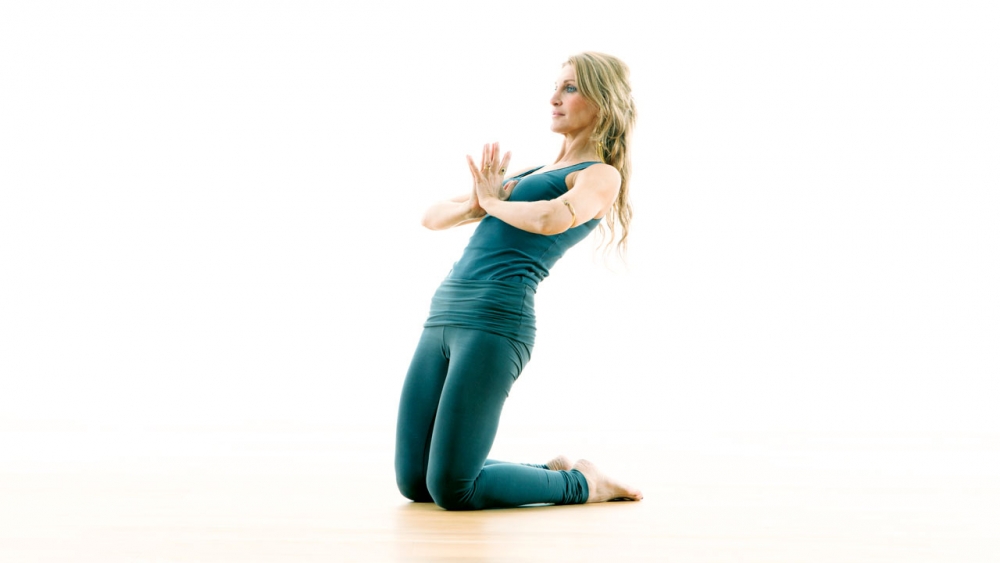Hi Marlene, can you first tell us, what is Vinyasa Krama?
Vinyasa Krama means a step by step progression into something, or to a certain goal. A goal in this case being a complex or advanced asana (posture).
To give a little more explanation of the words we have:
Vinyasa – which is the principle of synchronising movement with the breath and
Krama – which literally means steps or stages
You can also say that with Vinyasa Krama you build onto something, or grow into something. So what I do when I apply Vinyasa Krama in my sequences, is work my way from simple to more complex poses. I prepare the body within certain poses to move into the more advanced or complex “peak pose”.
Where did you come across it?
Well I came from the Iyengar yoga method, I trained and certified in it. I didn’t even know that there was a style of yoga called Vinyasa Flow but I came across a few teachers using this principle of vinyasa in their classes. I found myself moving in a certain way in the asana practice and I was immediately drawn to it. I guess it’s in my body, because I also come from a dance background. So my body is always naturally looking for movement.
I found myself doing Vinyasa Flow more and more in my own practice and started to teach it as well. Along the way I started to go deeper into it. I studied it more with Vinyasa Flow teachers like Shiva Rea and I started to understand the whole principle of Vinyasa Krama, the step-by-step progression.
Vinyasa Krama makes sense in my body, my mind, my energy and the way feel it spiritually, so basically that’s the way I teach.
How do you use Vinyasa Krama in your classes?
The way I teach Vinyasa Flow classes is by using creative sequence with a lot of transitions. The sequence is based on a theme, it could be back bends for example, but within that I also bring in all the other ingredients for an all-round class. If you do a forward bend class with me you will still do a twist, a back bend and so on but the main theme will be forward bends.
So if I’m doing a back bend theme class, let’s say we are going to build up to a peak pose of Upward Bow or Wheel/Urdhva Danurasana the body needs preparation for this complex pose, so moving from simple to complex we’ll start with poses like Cobra, Upward Facing Dog, then to more complex like Camel pose or Bridge pose and then to Wheel that would be my peak posture, my final destination. I think about these poses in that order and build my sequence around them.
I really find Vinyasa Krama really important to apply in my classes. I always get people coming up after class and saying “the way you build up is such a natural logical unfolding, I feel ready for it when I come across that peak pose”. So I teach Vinyasa Flow but within in it’s all about Vinyasa Krama.
You’ve started making a series of videos which really highlight this. Can you tell us more about them?
In my latest series of videos, using the principle of Vinyasa Krama we go through four poses from simple to complex to prepare the body for a peak pose. I’ve created classes to build up to:
- Camel Pose/ Ustrasana
- Wide-legged Forward Fold/ Upavista Konasana
- Double Pigeon or Fire-log pose / Agnistambhasana
- Half-Moon pose / Ardha Chandrasana, Splits / Hanumanasana
- Dancers Pose / Natarajasana
- Seated Twist
- Warrior 1 / Virabhadrasana I
Whether you are able to do the full pose will depend on many things. For sure some people will not be able to do Double Pigeon, that’s fine we can just modify it. You have still prepared your body for something. You will still feel the progression.
I hope these classes will be interesting for new teachers, as well as students.

